#georgi kropachyov
Photo

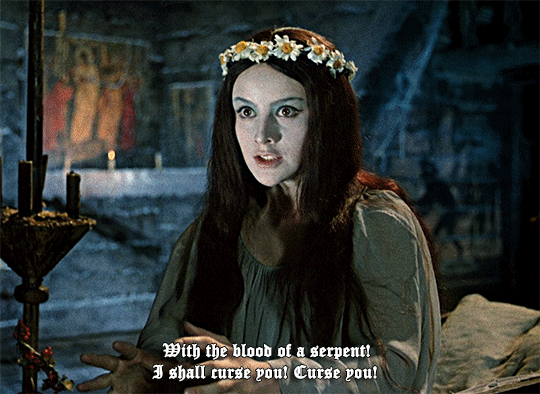


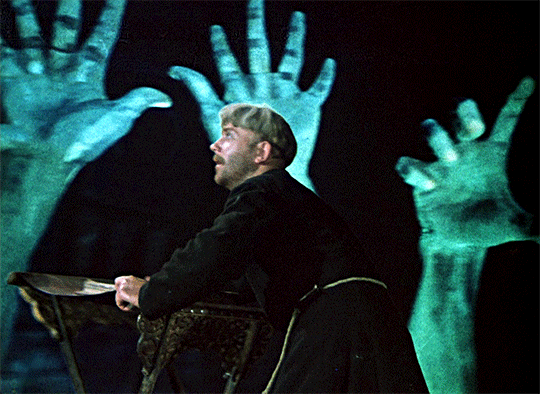


VIY | Вий (1967) dir. Konstantin Yershov & Georgi Kropachyov
7K notes
·
View notes
Text

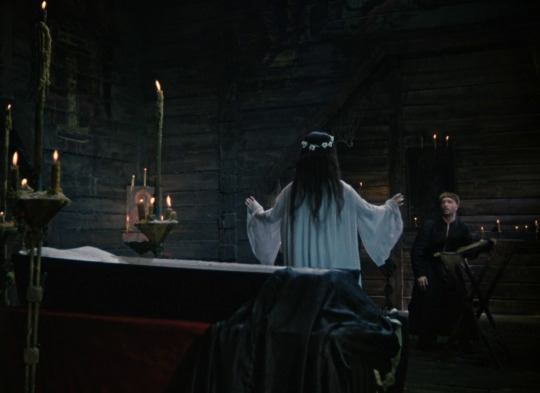
Viy (1967) | dir. Konstantin Yershov, Georgi Kropachyov
#viy#konstantin yershov#georgi kropachyov#natalya varley#leonid kuravlyov#cinematography#films#movies#screencaps
448 notes
·
View notes
Text





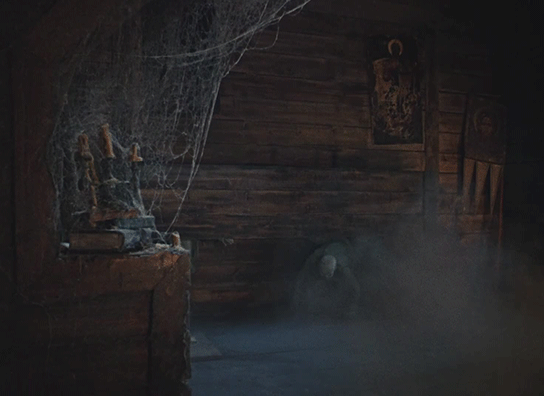




Viy (1967) // Konstantin Yershov and Georgi Kropachyov
#Viy#Russian#Soviet Cinema#Natalya Varley#Georgi Kropachyov#Konstantin Yershov#B Movies#B Movie#Low Budget Movies#Cult Movies#Horror#Viy Gifs#B Movie Gifs#Gifs#AVB#AVBGifs#AVGifs#AVViy#AVViyGifs#AVBHorror
18 notes
·
View notes
Text

#1967#viy#Leonid Kuravlyov#Khoma Brutus#Konstantin Yershov#nikolai gogol#Georgi Kropachyov#Yershov Kropachyov#Aleksandr Ptushko#Mosfilm#cat#black cat#russian#russia
20 notes
·
View notes
Photo



Viy (1967)
11 notes
·
View notes
Text
Viy (1967)
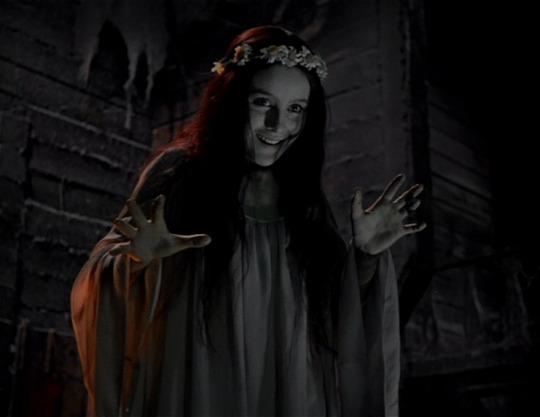
Save a broomstick, ride a priest. Gogol’s story takes on a goofy bent in this Soviet confection. The main thrust of the story has a classic fairy tale structure to it, a series of escalating repeated encounters as a wayward seminarian struggles to read vigil prayers for a deceased young woman. She is in fact a witch, and the reading of Scripture is repulsive to her. Each night, Khoma Brutus protects himself with a chalk circle, but each night the witch is increasingly fervent in her drive to breach the barrier. When bashing it with her fists and pummeling it with her casket like a battering ram both prove insufficient, she summons hordes of demons and other creatures of the night, building to the hulking Viy. At points, the film skirts a line between creepy atmosphere and goofiness, but the final night explodes in a delightfully ooky spooky phantasmagoria, as if Ray Harryhausen had designed the Black Lodge. You can see makeup lines and discern how the effects were achieved, but somehow that makes it all the more enjoyable.
As is a theme, horror emerges from a confrontation between the divine and the profane. Yet here, even our priest figure is flawed. He doesn’t doubt God, and in fact implores the Almighty to save him from the witch. But he’s weak of the body and mind, constantly in his cups and fleeing at any opportunity despite insisting that Cossacks know no fear. All of the seminary seem beyond help, though—the seminarians released for a holiday unleashes pandemonium on the local town as the young men harangue women and steal food. Viy, in a strange sort of way, becomes God’s judgment on Khoma for his debaucherous ways.
Truly, this could be nothing other than a Slavic work, as the filmmakers root the story in the culture of Kyiv and its surroundings. Song features prominently throughout, from prayer to drinking songs to women passing the time while they work. It interweaves in lovely fashion with Karen Khachaturian’s score, evocative of Rimsky-Korsakov and Rachmaninov. The Russian Orthodox Church wherein the encounters take place is imposing and atmospheric, paintings of saints glowering down from the walls before being replaced by demonic images in the climax.
THE RULES
SIP
Madlad seminarian antics.
Someone makes the sign of the cross.
Bird calls.
Someone says ‘Cossack’.
BIG DRINK
Granny bewitches someone.
The rector tells someone off.
Singing people.
#drinking games#viy#soviet cinema#horror#horror & thriller#folk horror#konstantin yershov#georgi kropachyov#severin
6 notes
·
View notes
Text

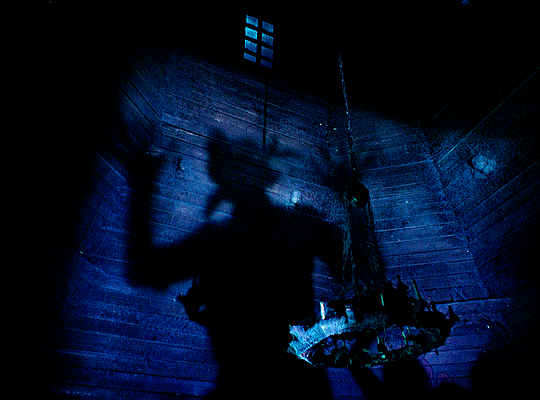

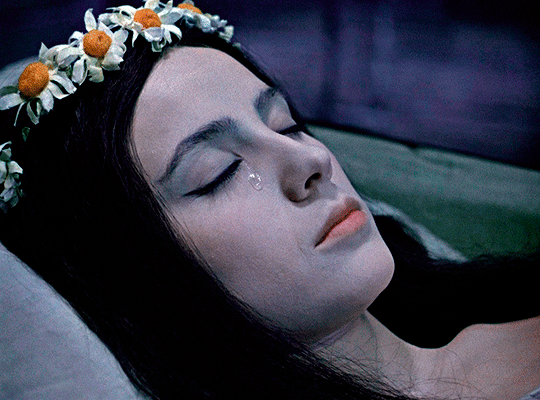
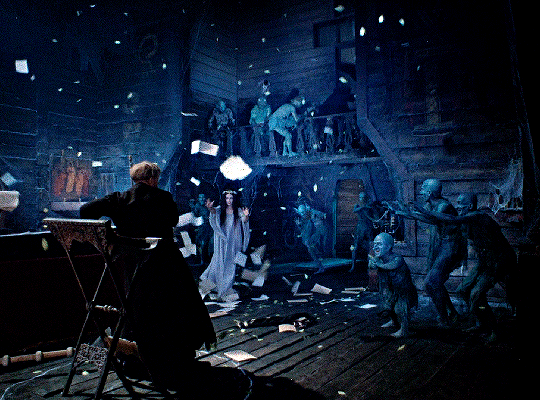
A curse upon you! With the wings of a bat! With the blood of a serpent! I shall curse you! Curse you!
ВИЙ (VIY)
1967 | Konstantin Yershov, Georgi Kropachyov
#viy#1960s#horror#fantasy#gif#helen#filmedit#usermichi#userelissa#henricavyll#uservita#usercande#classichorrorblog#classicfilmblr#userfilm#horroredit
2K notes
·
View notes
Text





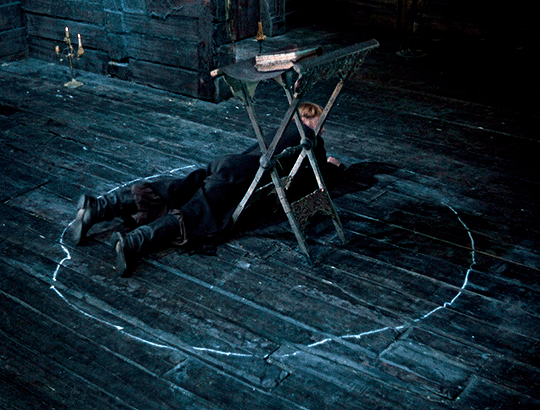
ВИЙ (VIY)
1967 | Konstantin Yershov, Georgi Kropachyov
#viy#вий#filmedit#classichorrorblog#henricavyll#usermichi#userelissa#uservita#usercande#classicfilmblr#dailyflicks#horroredit#1960s#ours#gifs#by helen
346 notes
·
View notes
Video
youtube
Viy (Spirit of Evil or Vii, Russian: Вий) is a 1967 Soviet horror film directed by Konstantin Yershov and Georgi Kropachyov. Based on the story of the same name by Nikolai Gogol, the film's screenplay was written by Yershov, Kropachyov and Aleksandr Ptushko. The film was distributed by Mosfilm, and was the first Soviet-era horror film to be officially released in the USSR.
eng subs
386 notes
·
View notes
Text

Hallucinatory 1967 Soviet horror film,(first Soviet-era horror film to be officially released in the USSR) VIY, directed by Konstantine Yershov and George Kropachyov.
Based on the classic novella by Nikolai Gogol – and previously adapted by Mario Bava as BLACK SUNDAY – the first horror film ever produced in the Soviet Union remains “genuinely frightening” (1001 Films You Must See Before You Die), “a visual grab bag of terror” (FilmInquiry.com) and “one of the best horror films of all time.” (IndieWire): In 19th century Russia, a seminary student is forced to spend three nights with the corpse of a beautiful young witch. But when she rises from the dead to seduce him, it will summon a nightmare of fear, desire and the ultimate demonic mayhem. Bursting with startling imagery and stunning practical effects by directors Konstantin Yershov and Georgi Kropachyov, this “overlooked classic” (Paste Magazine) has influenced generations of directors for more than half a century and is still unlike any horror movie you’ve ever seen.
8 notes
·
View notes
Photo

Viy
Konstantin Yershov and Georgi Kropachyov, 1967
81 notes
·
View notes
Photo

VIY (1967) dir. Konstantin Yershov & Georgi Kropachyov
#viy#viy 1967#konstantin yershov#georgi kropachyov#filmedit#horroredit#movieedit#filmgifs#moviegifs#horrorgifs#m*
227 notes
·
View notes
Text




Viy (1967)
Director(s) Konstantin Ershov & Georgi Kropachyov
17 notes
·
View notes
Text
Soviet union films that you should check out
Viy (Вий) (1967)
The film was directed by ukranian directors Konstantin Yerchov and Georgi Kropachyov in 1967. The film is an adaptation of Nikolai Gogol's short story Viy, published in 1835. The story is about an encounter between three young men freshly out of the seminary in Kiev and a witch, to whom they take shelter after wandering off into the plain. The witch sets her sights on one of them, Thomas, who is not fooled and tries to catch her at her own game. In revenge, she pretends to be dead, and Thomas is forced to watch over her body in a chapel for three days. After what, Thomas’ soul is promised to heaven. But things don't go according to plan, and the corpse comes back to life at night, to torment the young clerk.

Gogol's story is rooted in the rich folklore of Ukraine, but from the outset it is an anti-clerical manifesto. This vein can be felt in the film adaptation, which sticks very closely to the text. Indeed, anti-clericalism was one of the main spearheads of the Soviet regime, which meant that the adaptation project was widely welcomed by the authorities. What is interesting, however, is that the film delves into Ukrainian cultural history and gives a fantastic portrait of medieval Ukraine. One can see this especially in the duel between Christianity and older local beliefs, and particularly through the character of the witch as she invokes the demon Viy, king of the gnomes, as Thomas is trying to perform exorcism on her.
The film is on the side of horror, but paradoxically it is less through the evocation of monsters than through the character of the witch herself. The power of Natalya Varley's gaze is heightened by the stillness of the shots and the silence, building up the film's horrific tension. The ambivalence of this character, who oscillates between looking like a young girl and an old woman, tends to deconstruct the vulnerability of female characters in cinema. It is she who triumphs in the story, simply by virtue of her powers, which enable her to destroy the man who was standing up to her. In relation to the context of the film's production, this character is truly unsettling just as magnetic.

The character of the young clerk is also very interesting. Far from being a hero, he has many flaws, including alcoholism and cowardice. The use of diy special effects with proto-green screen attempts to make the character's flaws more palpable on screen. He is very much inspired by the characters of Gothic novels, and his destiny only confirms this.
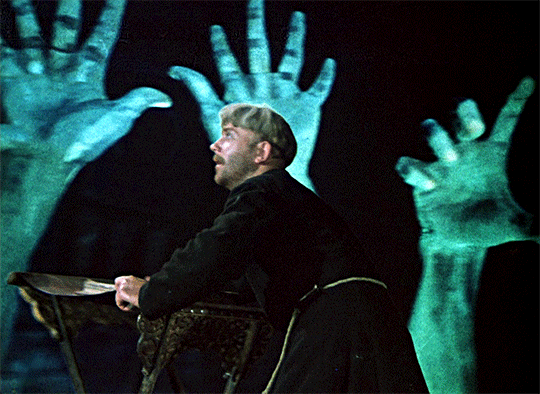
As for the figure of the devil Viy, it encapsulates both the power of folklore and the fatality that mows down in its path all individuals who do harm to society. It is Thomas's greedy and selfish quest for salvation that causes his downfall. Beyond these considerations, the staging of the demonic saraband is remarkable. Many of the special effects, such as the green screens mentioned above, and the analogue processes used in the sets and costumes are brilliantly executed. And in a way, they set the standard for the representation of monsters in cinema, since relatively similar processes will be found in other films later on, such as Peter Jackson's Lord of the Rings saga (2001-2003).

Link to watch the film : https://youtu.be/4YmQn6q36HQ
J.A Lenourichel
6 notes
·
View notes
Text
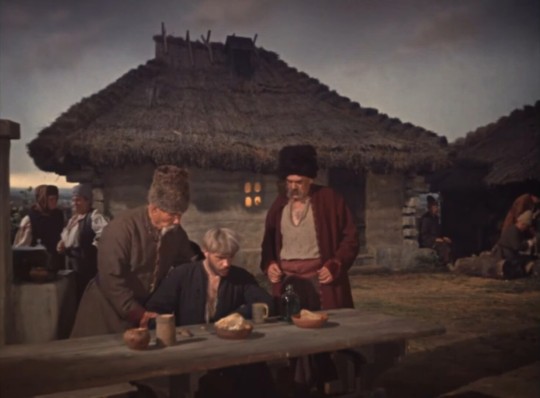
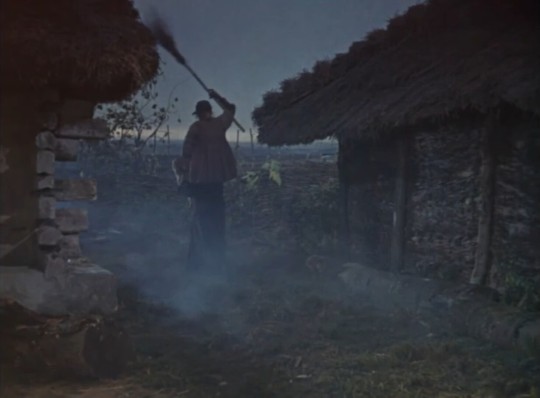

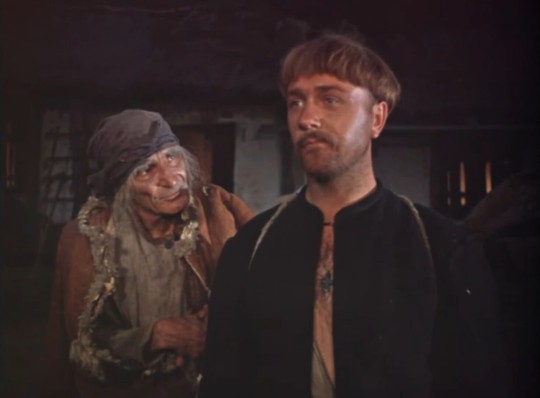





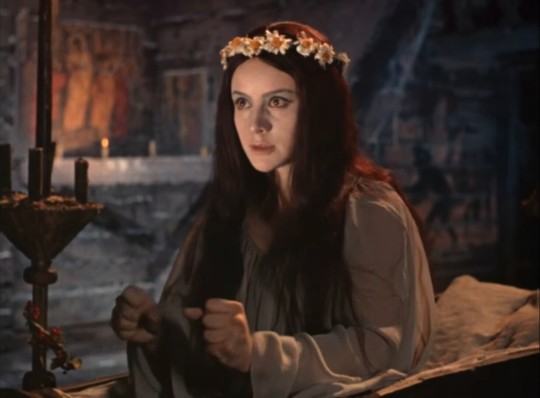
VIY 1967
Director: Konstantin Yershov, Georgi Kropachyov
USSR | Russian | 77 mins
1 note
·
View note
Text

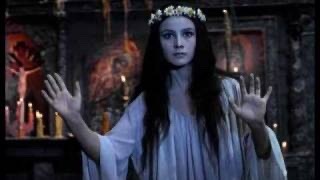


Films seen in 2024: Viy (1967, Konstantin Yershov and Georgi Kropachyov)
0 notes